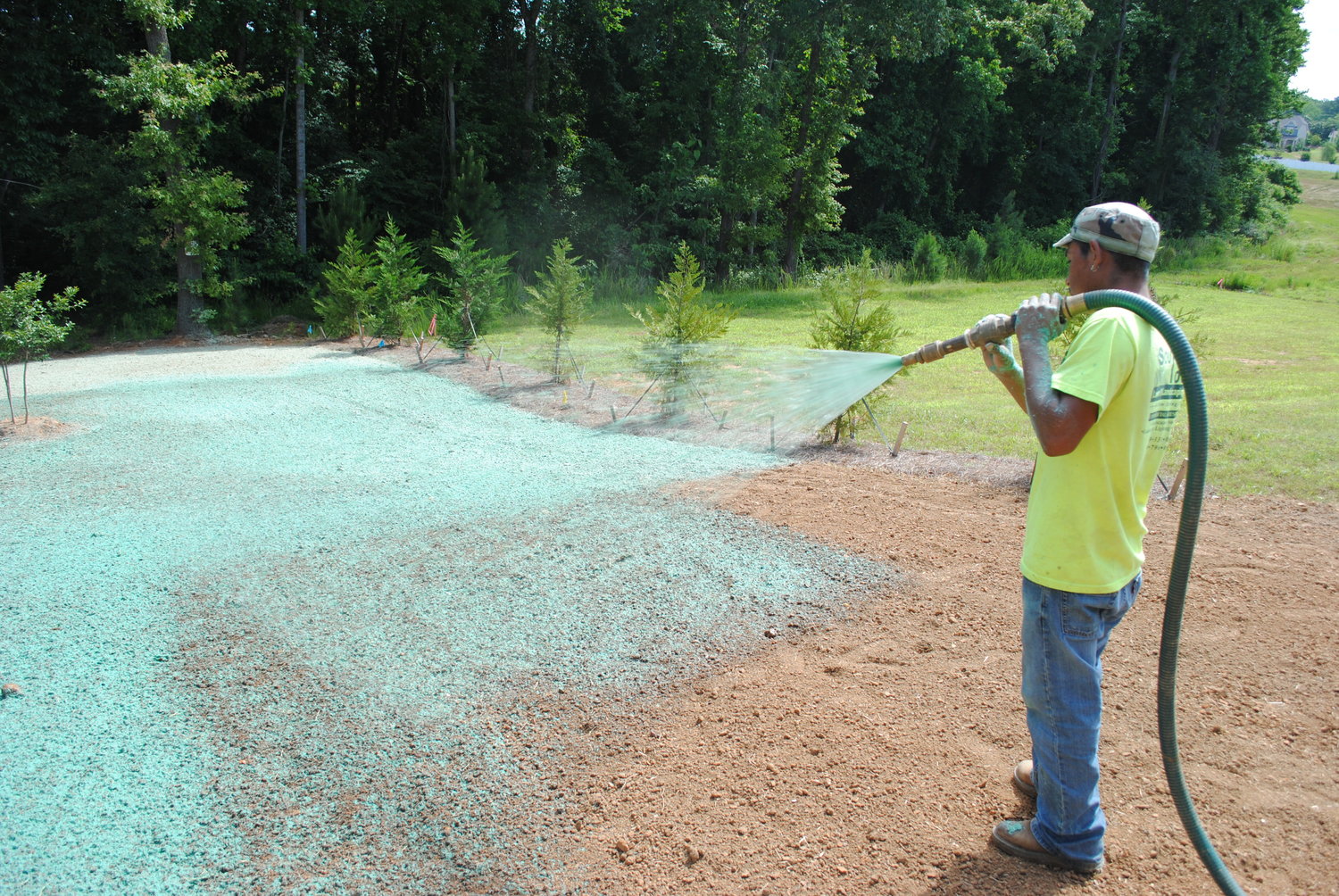Update:
Seven major applications of polymers in coatings
1. High solid alkyd, polyester coatingUsing hyperbranched polyester a...
1. High solid alkyd, polyester coating
Using hyperbranched polyester and unsaturated fatty acid to make alkyd resin, not only low viscosity but also short curing time.
Epoxidized soybean oil made from renewable resource soybean oil is then derivatized to produce soybean oil phosphate polyol. It is a hyperbranched structure containing multiple hydroxyl groups and multiple phosphate groups. It is used to make hyperbranched soybean oil alkyd resin Coatings, its VOC content is significantly reduced, and the performance is comparable.
2. Light curing coating
The domestic and foreign information about hyperbranched polymers used as photocurable coatings has been increasing in recent years. Acrylic Perstorf-type polyester is used as a light-curable coating. It can be cured into a film under low-intensity UV irradiation without adding a photoinitiator. The film has high hardness, good resistance to acetone rubbing and scratch resistance.
3. Powder coating
Powder coating has its advantages, such as no VOC emissions, high material utilization, good paint film performance, etc., but there are also deficiencies in that the curing temperature is too high, the energy consumption is large, and the heat-sensitive substrate cannot be applied. This deficiency can be overcome by introducing hyperbranched polymers. Grafting crystalline segments into the molecular skeleton of hyperbranched polyester and acryloylating can be made into light-curing powder coatings, which can melt and level at 70-80 degrees and can be light-cured.
4. Water dispersion paint
Soybean oil phosphate polyol is a hyperbranched polyol. It can be neutralized with triethylamine to make a stable water dispersion with a concentration of 1% to 30%. Content <10% is a clear solution. The dispersion adjusted to the optimal concentration has better anti-corrosion performance than alkyd resin.
5. Crosslinking agent
The tailored polyurethane crosslinker is a hyperbranched polymer containing terminal isocyanate groups synthesized with AB2 monomer. Using diisocyanates with varying reactivity, such as IPDI or TDI, a one-pot method is used to synthesize tailor-made crosslinking agents. Used in two-component formulations, the film hardness is higher than any aliphatic isocyanate.
After the commercial Perstorp type hyperbranched polyester is partially acrylated, a bifunctional crosslinking agent containing both vinyl and hydroxyl groups is prepared.
6. Pigment Dispersant
Hyperbranched polyurethane is modified with polyethylene glycol or propylene oxide copolymer. It is a new type of pigment dispersant for high solids, solvent or waterborne coatings.
With commercial hyperbranched polyester, poly(ester-amide), and polyethyleneimine as the skeleton, a series of core-shell type pigment anchoring mechanism dispersants have been developed by modification. Its advantage is that it has pigments at low viscosity. Dispersion stability.
7. Other
Hyperbranched polyurethane made of HDI, dimethylolpropionic acid and trimethylolpropane is used as a printing ink base material. The adhesion on polyethylene and polyester film is 5 times higher than the original PUR7313 base material. , Hyperbranched polymer prepared with diethanolamine and HMDI, used as embossing base material, the adhesion is significantly improved.
Hyperbranched polyester terminal hydroxyl group is partially acrylated and used as a protective coating for flexible packaging materials. It has a significant barrier to oxygen permeation, and the oxygen barrier to polypropylene and polyester packaging is improved respectively than when it is not coated 60 times and 20 times.


